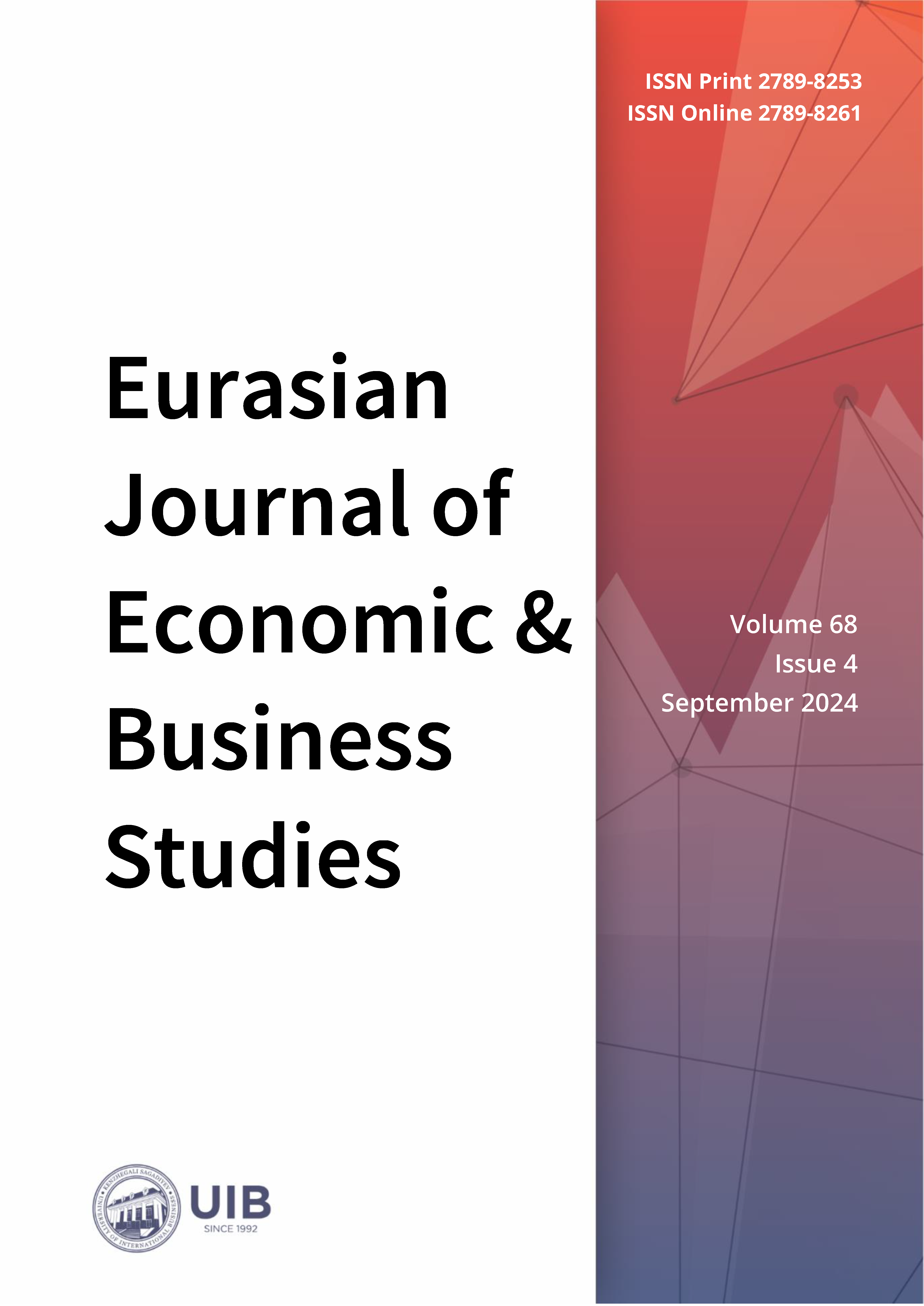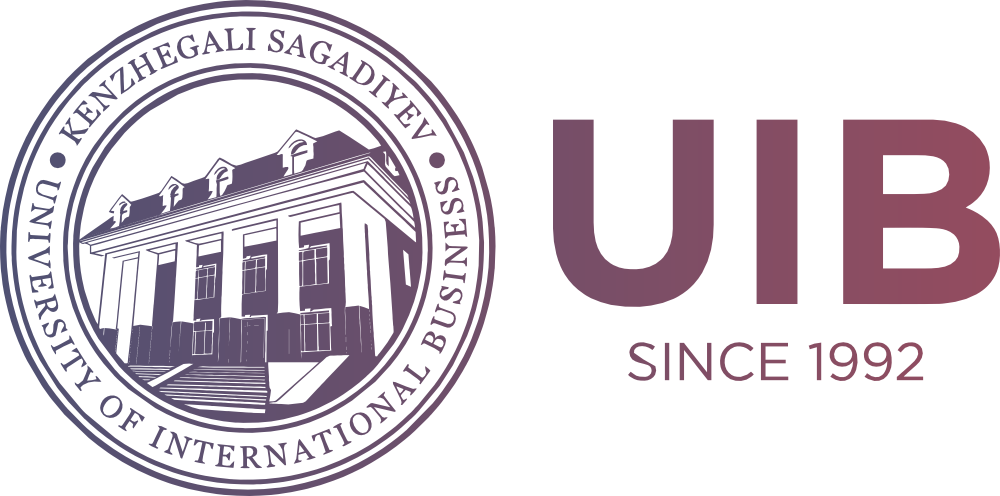The Impact of Economic and Environmental Factors on the Consumption of Renewable Energy: The Case of Kazakhstan
DOI:
https://doi.org/10.47703/ejebs.v68i4.443Keywords:
renewable energy sources, renewable energy consumption, adjusted net savings, CO₂ emissions, renewable electricity outputAbstract
The article examines the impact of economic and environmental factors on the consumption of renewable energy sources (RES) in Kazakhstan. The study is based on a quantitative analysis of data, including adjusted net savings (ANS), the share of renewable electricity output (REO), and carbon dioxide (CO₂) emissions per capita. The dependent variable in this analysis is the share of renewable energy in the total final energy consumption. The results of the regression analysis revealed the following relationships: an increase in the share of electricity production from renewable energy sources (REO) by 1% leads to an increase in their consumption by 0.119% (p < 0.01), which is associated with reduced production costs and improved accessibility. Adjusted net savings (ANS) also have a positive effect: their growth by 1% increases renewable energy consumption by 0.055% (p < 0.05), confirming the role of economic stability and investment in the development of green energy. At the same time, an increase in CO₂ emissions negatively affects renewable energy consumption, decreasing it by 0.154% for each additional ton of CO₂ per capita (p < 0.01), which is explained by the predominance of traditional hydrocarbon energy sources. The study highlights that the sustainable development of renewable energy sources requires a comprehensive approach, including the stimulation of its production, reduction of carbon emissions, and maintenance of economic stability. The results have practical value for the formation of Kazakhstan's state policy aimed at transition to sustainable energy and reducing environmental pressure.
Downloads
How to Cite
Downloads
Published
Issue
Section
License

This work is licensed under a Creative Commons Attribution 4.0 International License.
Authors retain copyright and grant the journal right of first publication with the work simultaneously licensed under a Creative Commons Attribution (CC-BY) 4.0 License that allows others to share the work with an acknowledgment of the work’s authorship and initial publication in this journal.



